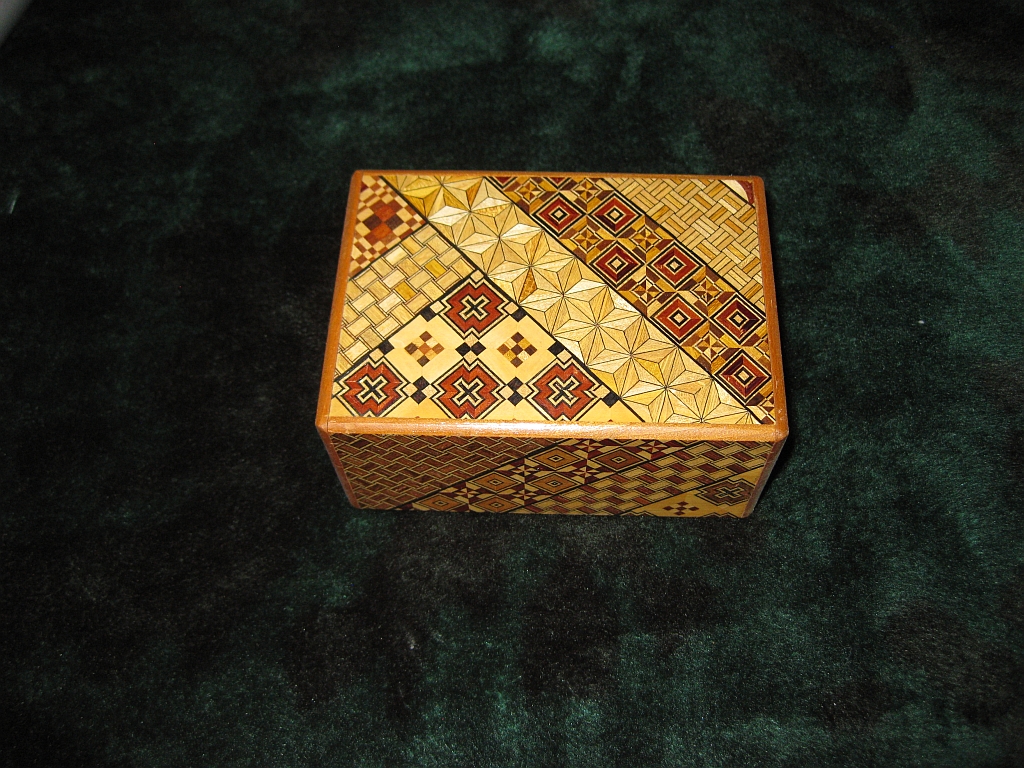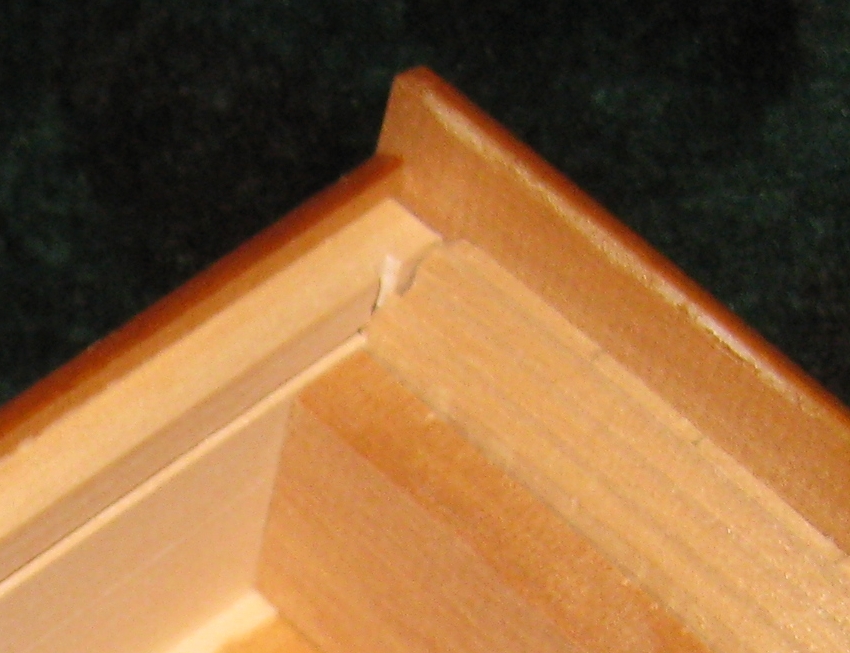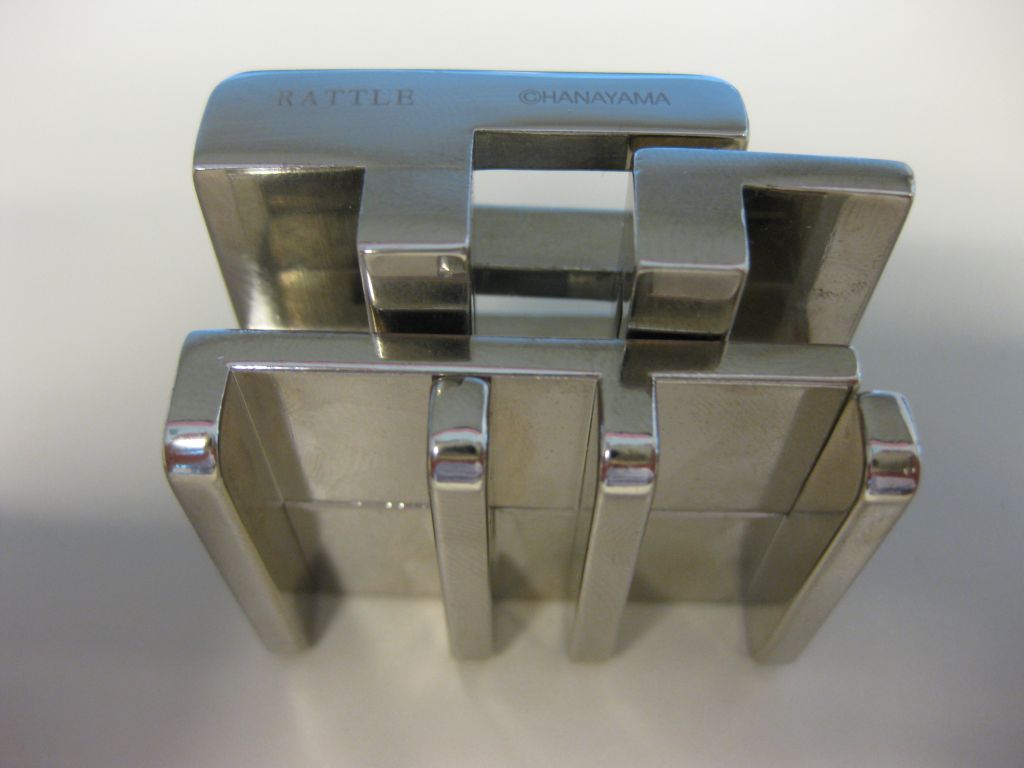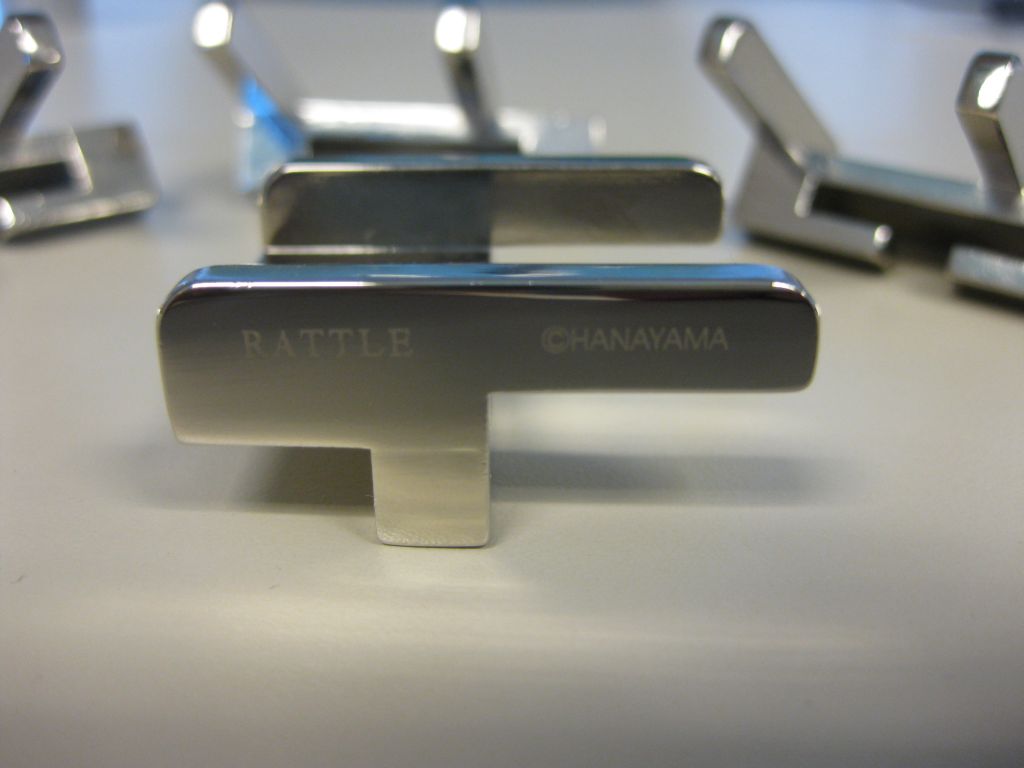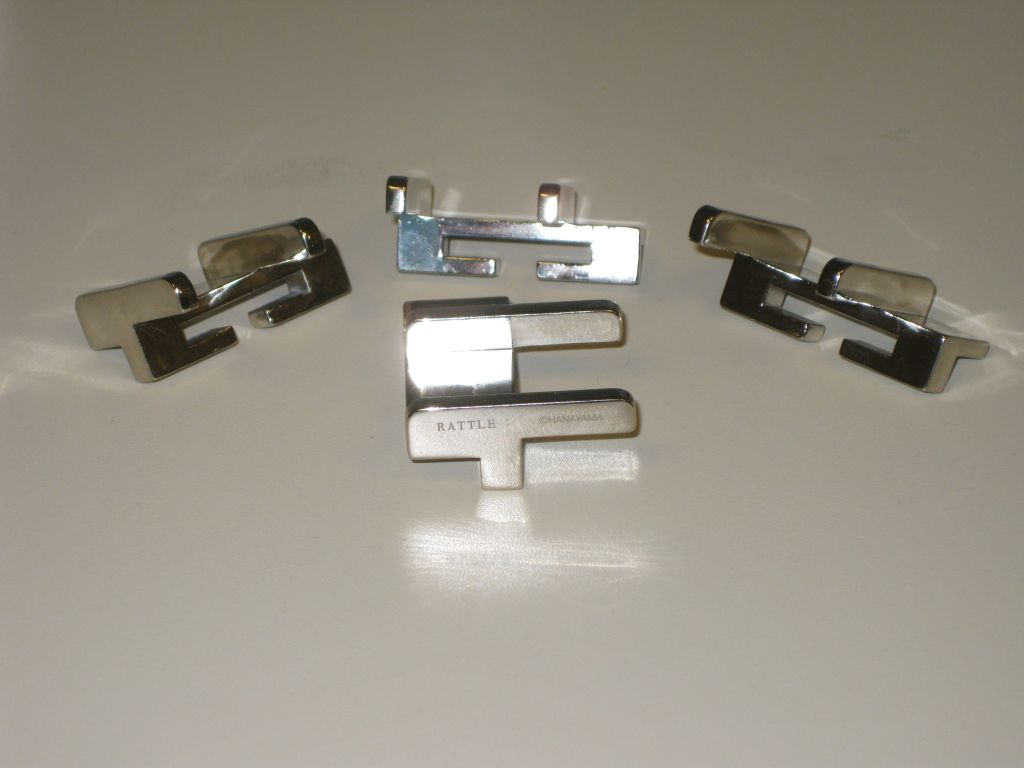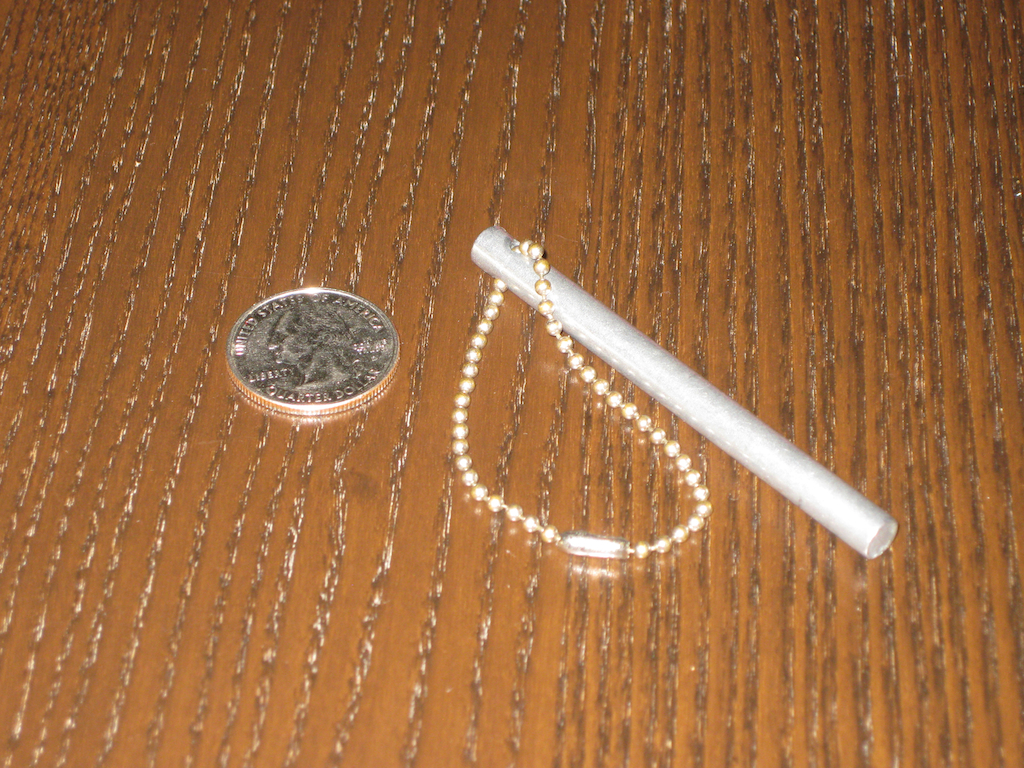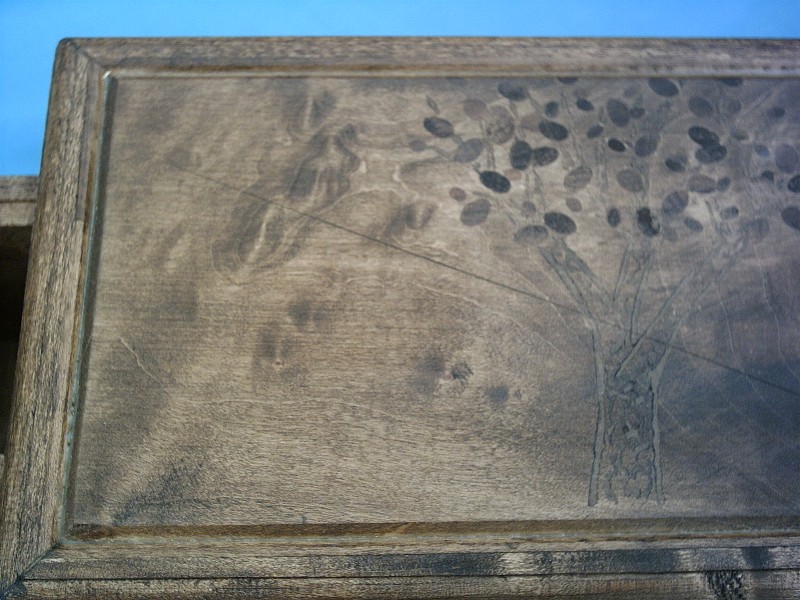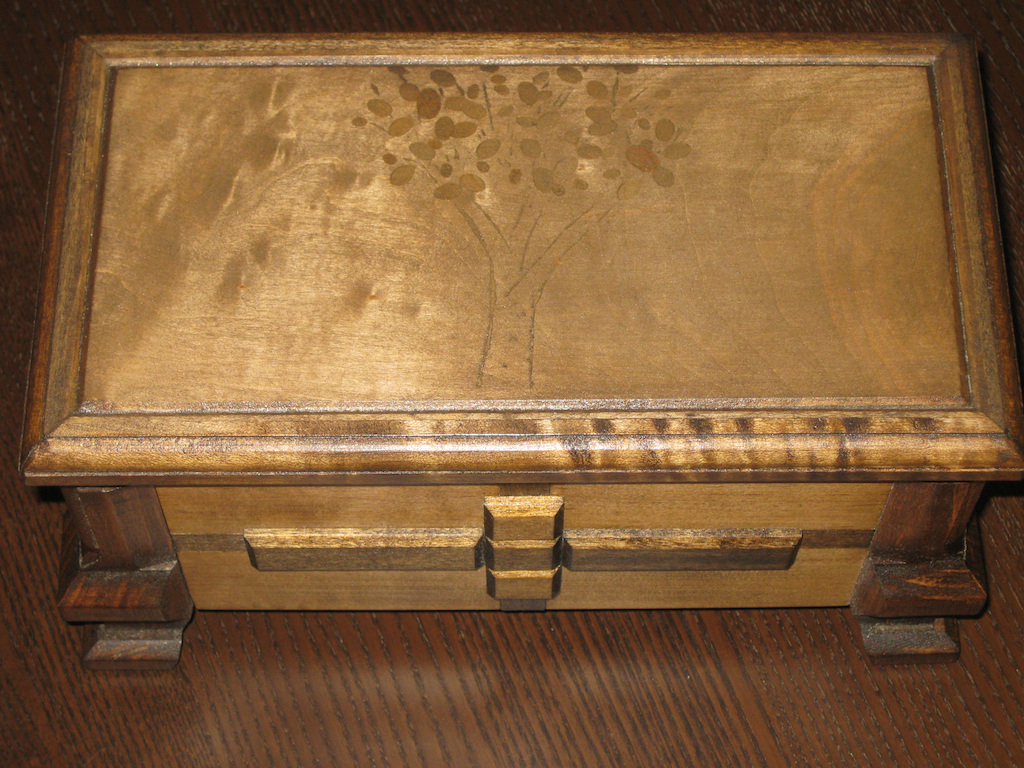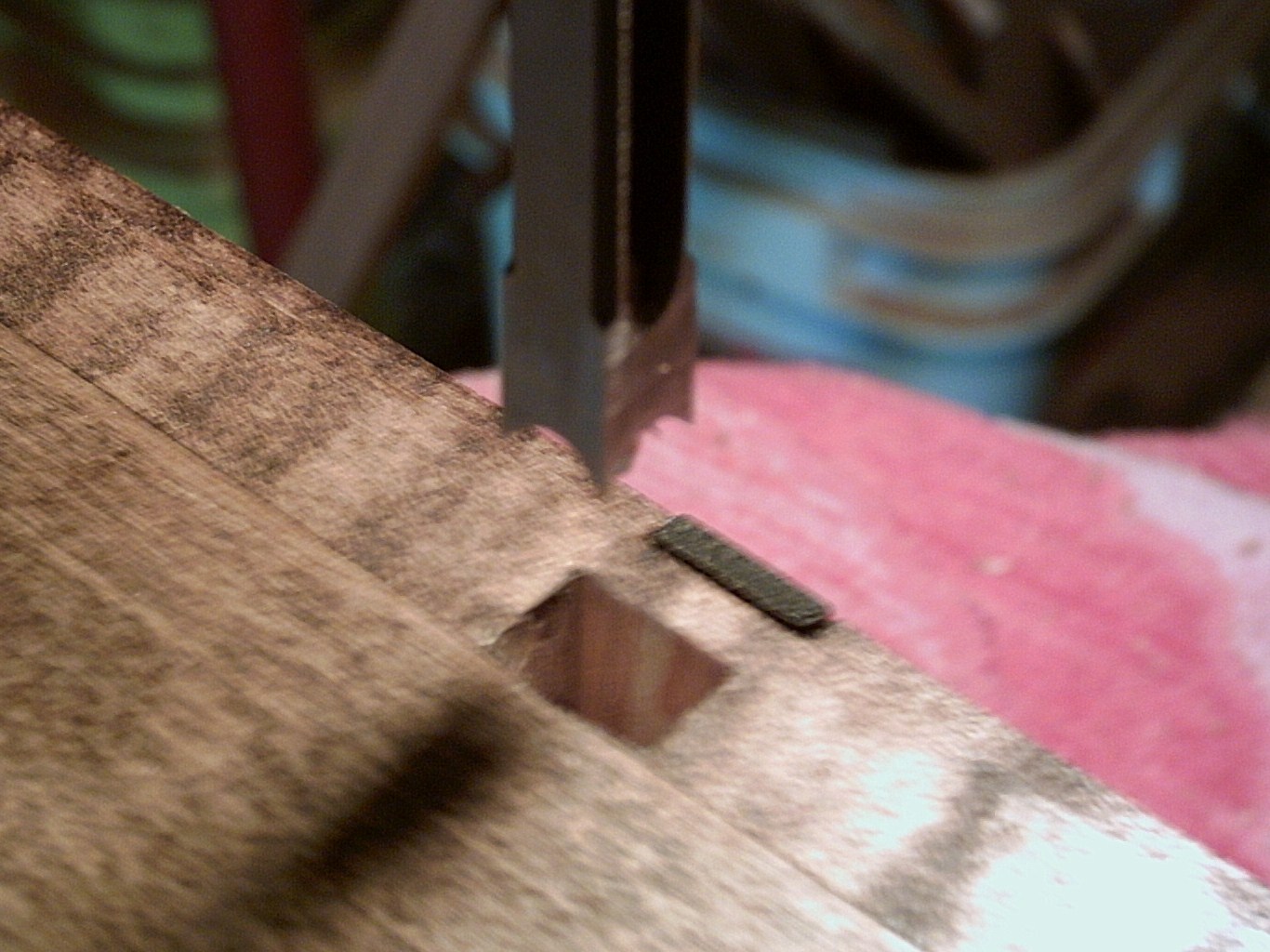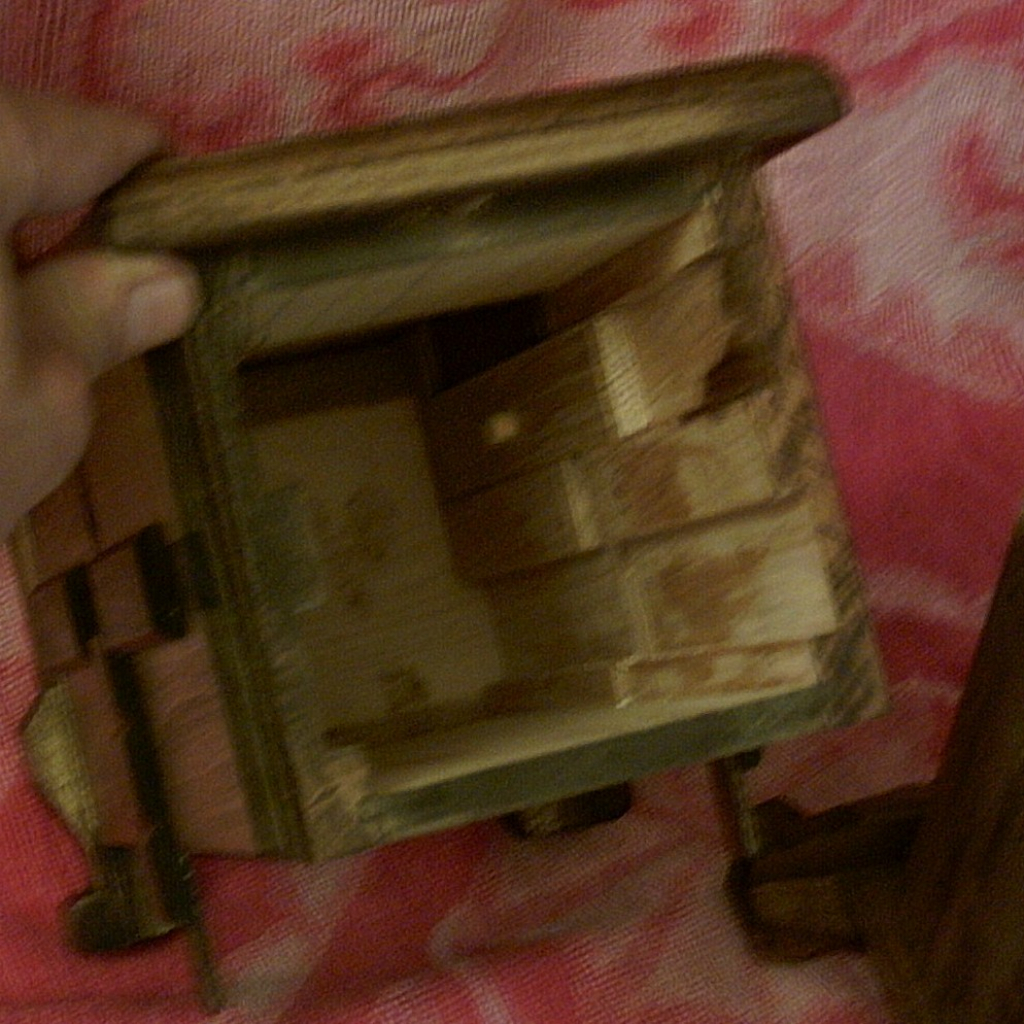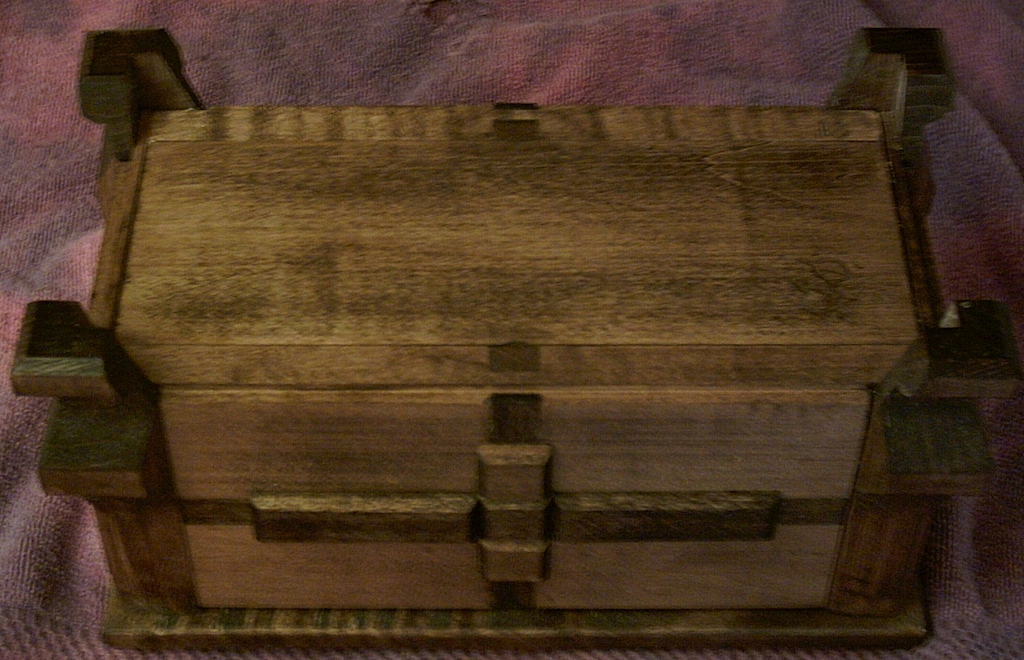This Japanese puzzle box by an unknown maker takes me back in my puzzling history. This was the first puzzle box I ever bought, and was on a trip to San Francisco with my family when I was finishing University around 14 years ago. This is where my fascination with puzzle boxes stems from, and it’s still a box that I enjoy opening even today.
As you can see it’s a standard Japanese box, with Yosegi patterns on all six sides. This box is fairly large for a Japanese puzzle box and comes in at a 5 Sun box.
So if woodworking wasn’t confusing enough given that everything is measured in inches for cuts (yes I’m Scottish, and we use the metric system for everything except speed and distance – don’t ask me why), and board feet for buying lumber (It’s simple enough when you understand, but way to confuse someone new to woodworking), the Japanese have another system called Suns. What it actually equates to is the following:
| Sun Size | Size in Inches |
|---|---|
| 1 Sun | 1.22″ (Mame) |
| 1.5 Sun | 1.83″ (Mame) |
| 2 Sun | 2.44″ |
| 2.5 Sun | 3.05″ |
| 3 Sun | 3.66″ |
| 4 Sun | 4.88″ |
| 5 Sun | 6.10″ |
| 6 Sun | 7.32″ |
| 7 Sun | 8.54″ |
This particular box is a 36 move box. It’s by no means the most complicated box to open as the sequence is (mostly) the same from start to finish. Once you find the sliding panels, the box follows the same sequence until the top panel slides off. Well that’s mostly true. There is one sneaky move towards the end of the 36 moves where one slider actually moves back to a previous position to allow the next move to take place. This certainly caught me out the first time I tried to open it (as I threw the opening instructions away), and it catches most people I have given this box to as well.
The image below shows a closeup of the internal mechanism for this box, which I find fascinating. If you click on the picture, you’ll see the full box, so if you don’t want to see the full box, don’t click the link. It doesn’t give anything away really, but now you’ve been warned.
The amount of work which went into this box is just stunning, especially when you consider that I paid less than $30 for it. This may be a mass manufactured box, but the quality of the fit and finish is excellent. Even the slides are well hidden with no visible gaps between the pieces.
As my first box, this holds a special place in my collection, and as a fairly large box it even has useful storage space inside if you want to keep a small object away securely hidden away. Just don’t use “The Big Bang Theory” method of opening it.
